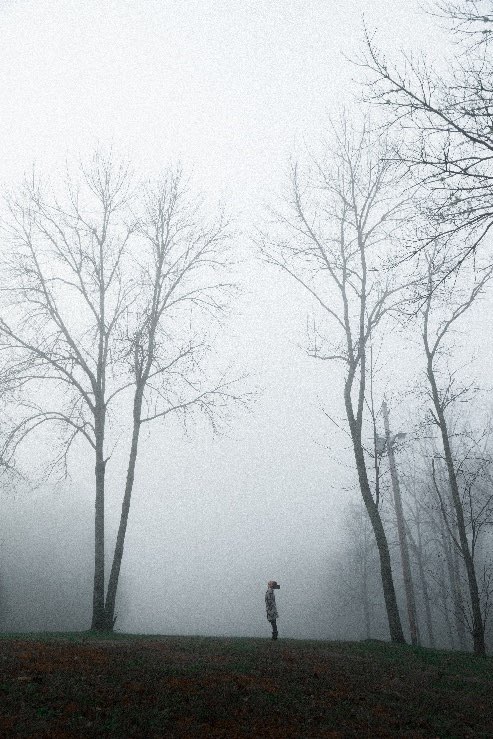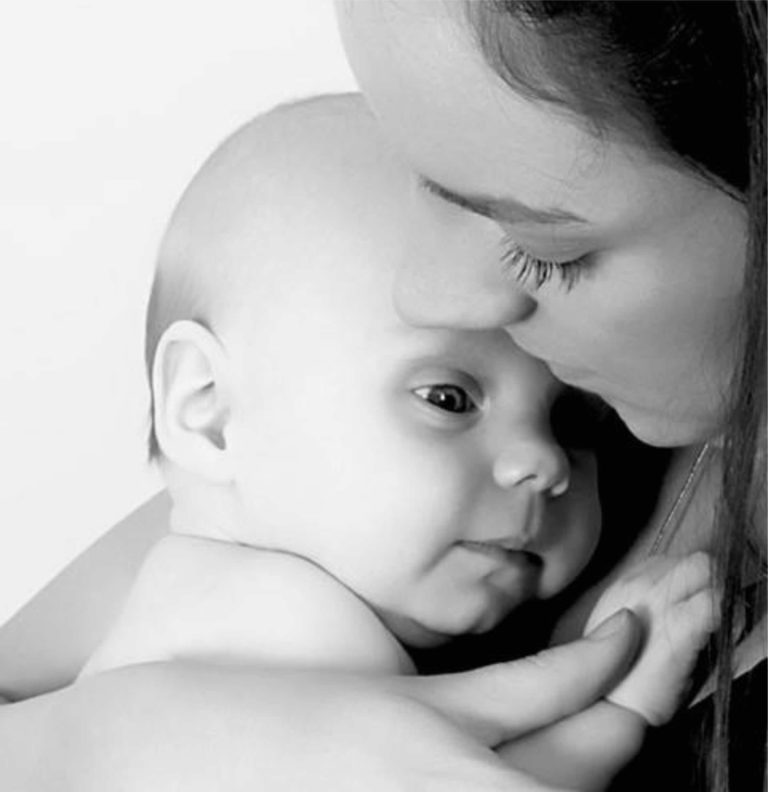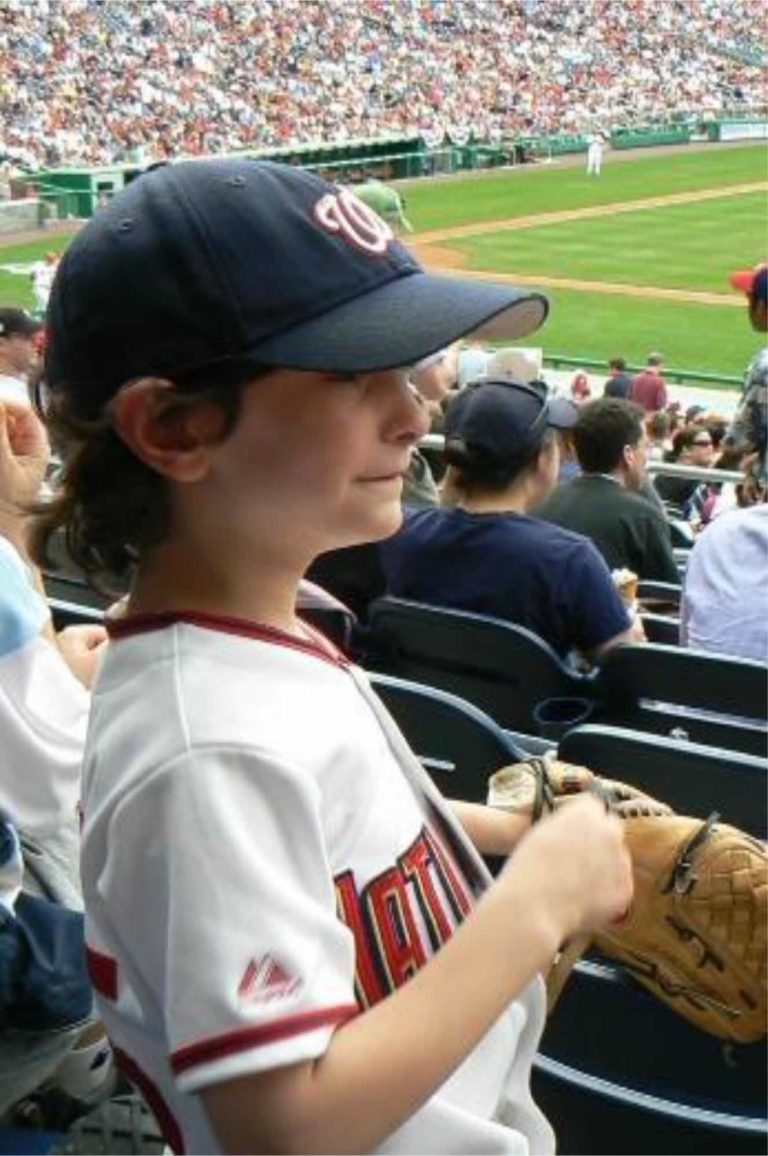An important part of a psychoanalytic treatment is discovery. How can you deal with a problem if it is out of your awareness or you have no words to describe it? When I was in fourth grade, that October I told my parents I hated Halloween. “Are you scared of witches and goblins?” they asked. “No,” I replied, “I’m scared of the dark.” Also, I felt tired all the time, withdrew from friends, and started going to bed right after I ate dinner and completed my homework. They took me to the pediatrician who could find nothing wrong with me. My malaise lasted until the Winter Solstice when my energy picked up again and I resumed life as normal – until the next October slump.
In the 1980s, newspaper articles began to appear about SAD, seasonal affective disorder, and ways to cope with it – sitting in front of a light box for 20 minutes in the morning, for example. In an en”light”ening moment, I realized that “I hate Halloween” really meant “daylight saving time will end soon and it will be dark at 4:45 pm.” Becoming aware that Halloween to me meant cold and dark, I became proactive in devising ways to tolerate better the loss of light in winter, taking cues from small communities near the Arctic Circle.
Scandinavian countries make liberal use in winter of light boxes, Vitamin D, white and pastel clothing, community gatherings at night in a soccer field or on the close of a church, complete with fuzzy blankets, lanterns and warm beverages. They bask in the gloam of “civil twilight”.
SAD sufferer or not, the approaching loss of light may be especially difficult for everyone in 2020. Daylight saving time ends November 1st. Covid is still with us. Continued physical distancing remains necessary; yet, we need real time relationships more than ever. Summer of Covid brought people out to gather in open fields, parking lot events and outdoor restaurants. No reason not to continue these, even though it is cold and dark outside.



